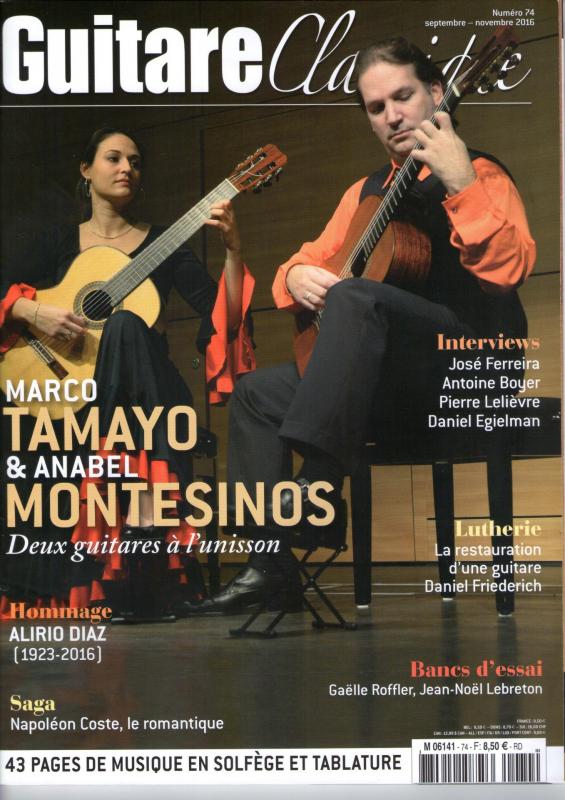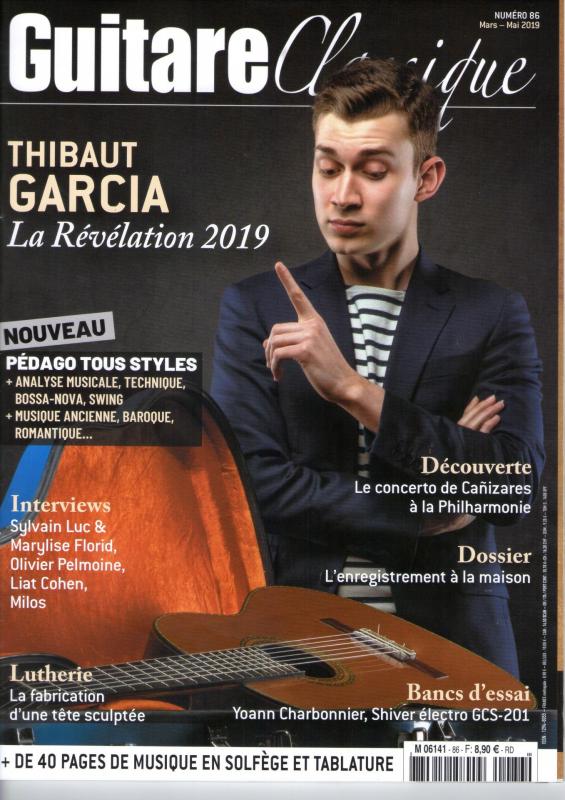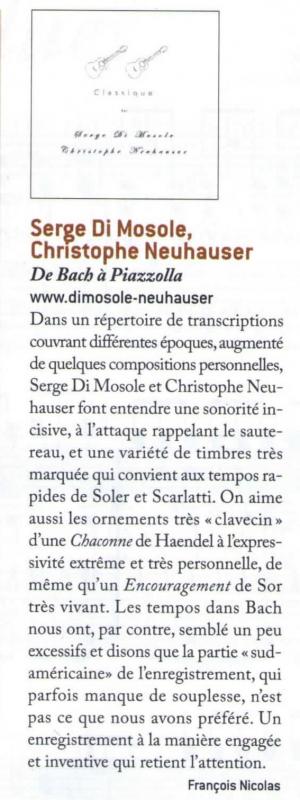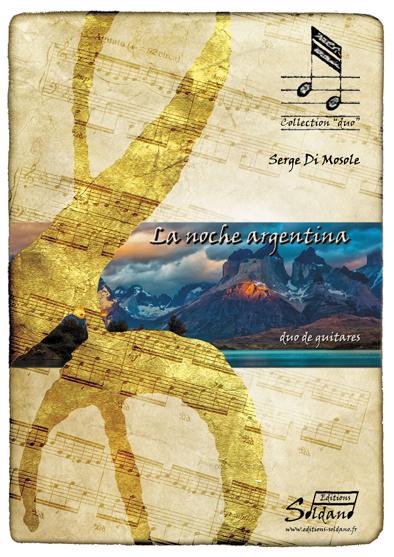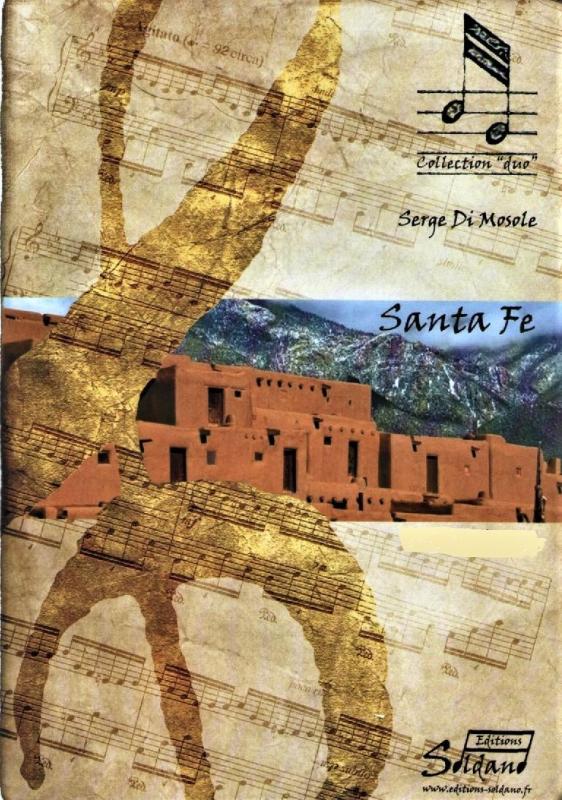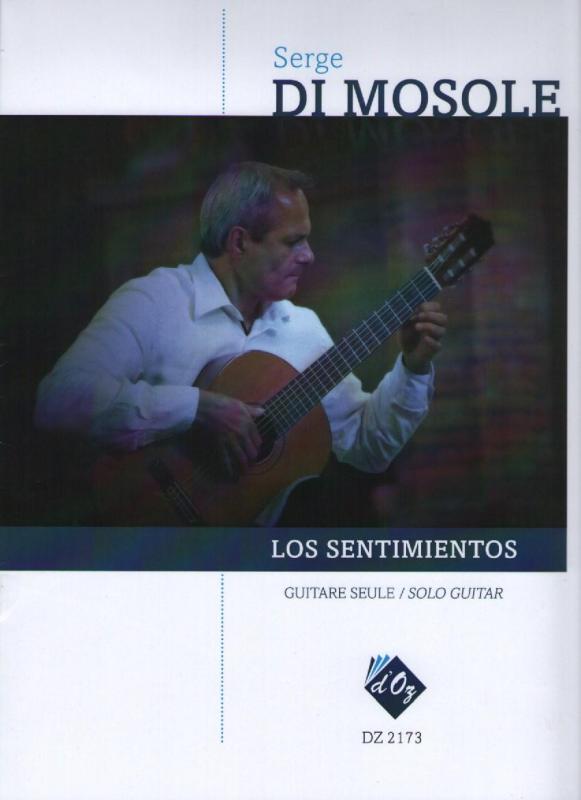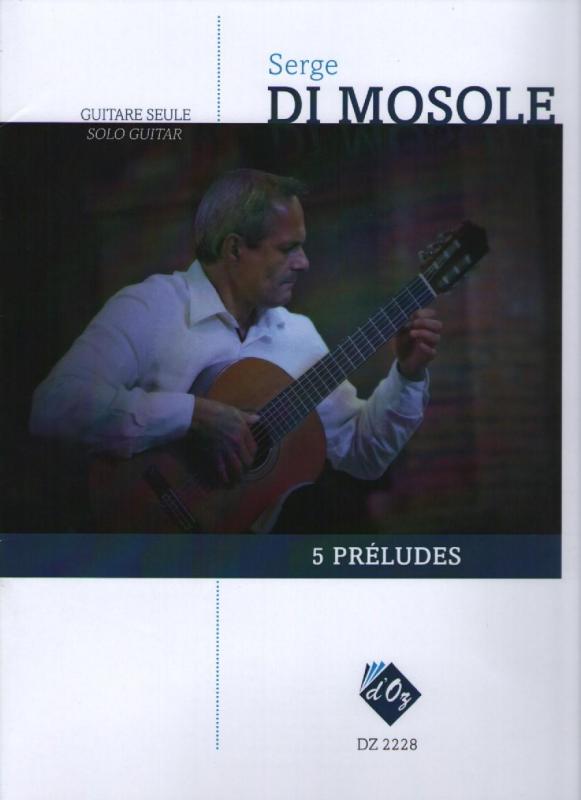Media
Reviews of my compositions and solo CDs and duo "classical guitar magazine" and "classical guitar magazine" states
Critic in the magazine "Classical guitar magazine" sept 2018
Chris dumingan "States"

"classical guitar"
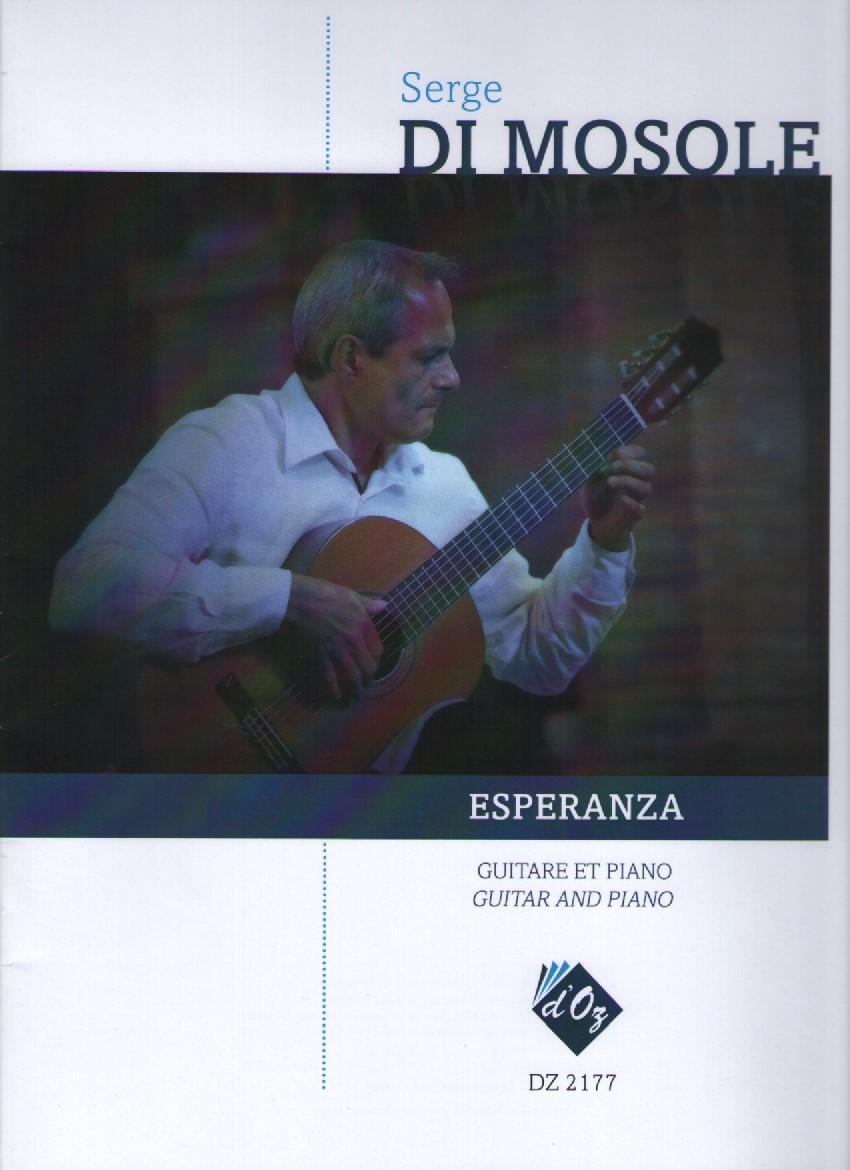
Review in the magazine "Classical Guitar Magazine" States, by Steve Marsh, concerning my composition for guitar-piano productions of oz (canada and american territory)Esperanza [score & guitar part]
"From the opening few bars of the solo piano introduction, Esperanza has immediate appeal. This composition is of the late-night, mood music variety and when the guitar eventually joins forces with the piano part, a new dimension is added to the piece. The composition's plaintive and imaginative melody lines plus attractive harmonies and interesting rhythmic directions all add up to a most haunting, charming new addition to the repertoire. Both instruments are on equal par from a musical interest viewpoint. The technical requirement is of around the Intermediate standard and the publication comes with a separate part for the gitar. Altogether a lovely work from a composer I have not come across before but will be watching out for from now on." Steve Marsh (Classical Guitar Magazine)
Review of my composition "5 preludes" to oz productions (canada and american territory) in the magazine "classical guitar magazine" States, by Chris Dumingan.
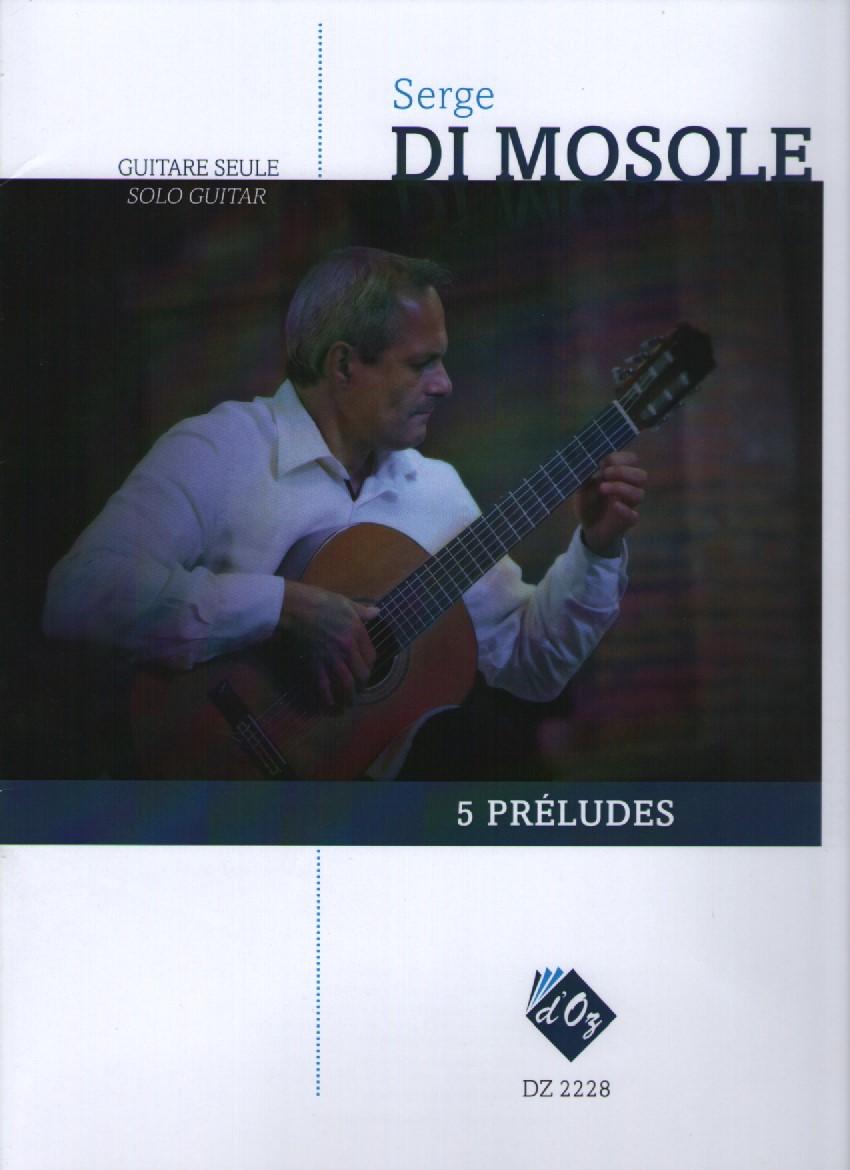
A handful of preludes that stand on their own
'I had not come across Serge Di Mosole's music before it arrived recently at my door. The five preludes are of decent size, not little 12-bar preludes, but rather each is its own separate little item. Like the SilIs miniatures mentioned elsewhere, the first of these preludes sounds like it could have come from a children's TV program; it's warm and beautifully worked-out harmonies instantly took me back to the days of BBC's Children's Hour. Set in 6/8 in a friendly C major, it nevertheless migrates in and out of several keys along the way in a very natural fashion, and completes with a warm and luscious coda that brought a smile to my face. No. 2 is slower and sadder, with some jazzy chords and a penchant, as well, for arriving in a number of remote keys, only to land again in the home key without any difficulty; a lovely contrast. No. 3 is in dropped-D tuning in A major, and is set three to the bar [...] No. 4 didn't seem to have the same amount of inspiration as the first three. Set in A minor and instantly reminiscent of the Bach A minor Prelude in its figuration.[...] Likewise, "No. 5" was pleasant-reliant on open strings clashing against fretted notes for much of its appeal, but to me, didn't seem as effective as the first three. Nevertheless, the quality of the first three is enough for you to realize that a lot of Serge Di Mosole's music is definitely worth getting to know.'
Chris Dumigan (Classical Guitar Magazine)
"Interview Magazine espagnol Musicoguia"
http://www.musicoguia.com/la-guitare-classique-pour-le-duo-di-mosole-neuhauser
Interview
1. As performers you have been influenced by two great masters of the Spanish guitar: Andres Segovia and Narciso Yepes. How did these two performers help you better understand the works of Spanish composers like Falla and Rodrigo?
Like all classical guitarists, we obviously have in mind the famous Aranjuez Concerto which we owe to the genius of Joaquin Rodrigo. The latter, by his work, has indeed marked a whole generation of guitarists and aroused many vocations. One of the first recordings of this concerto was made by Narciso Yepes to whom we owe a brilliant version of this work both for its musicality and its virtuosity.
Manuel de Falla meanwhile never composed for the guitar but many of his works have been the subject of adaptations for this instrument: we think among other things of the famous Spanish dances of La Vie Brève whose first arrangements were made and recorded by the Presti-Lagoya duo.
Christophe Neuhauser: As an anecdote, the first classical guitar disc I was offered, I was 6 years old, was Andres Segovia's disc titled “Segovia en Espagne”.
Segovia was indeed the first to popularize the classical guitar thanks to its concerts and especially to its gigantic work of transcriptions.
2. What relationship do you make between classical guitar and Spanish guitar?
The Spanish lineage of the classical guitar is undeniable both by its invoice (acoustic guitar mounted on nylon strings) and by the first composers to have provided it with a repertoire (Francisco Tarrega, Fernando Sor, Dionisio Aguado, Emilio Pujol…) as well as by its first performers (Miguel Llobet, Andres Segovia and Narciso Yepes).
In addition, great similarities exist in the technique and the guitar game, in particular in the right hand which uses the fingers with their nails and which develops certain identical processes such as abutting, pinching, scales, arpeggios and tremolo.
3. What are the Di Mosole-Neuhauser's plans for the future?
Our projects revolve around 2 main axes: playing and composing.
Indeed, we wish to play all over the world to promote an already existing repertoire in order to perpetuate an extremely rich and varied musical heritage in the most accomplished and most flattering form for the guitar: the duo.
At the same time, we would like to continue to enrich this repertoire with compositions and personal arrangements that will be recorded in the near future.
The Di-Mosole Neuhauser duo is sponsored by “Royal classic string”.
To find out more: https://www.facebook.com/sergedimosolechristopheneuhauser
Add a comment



